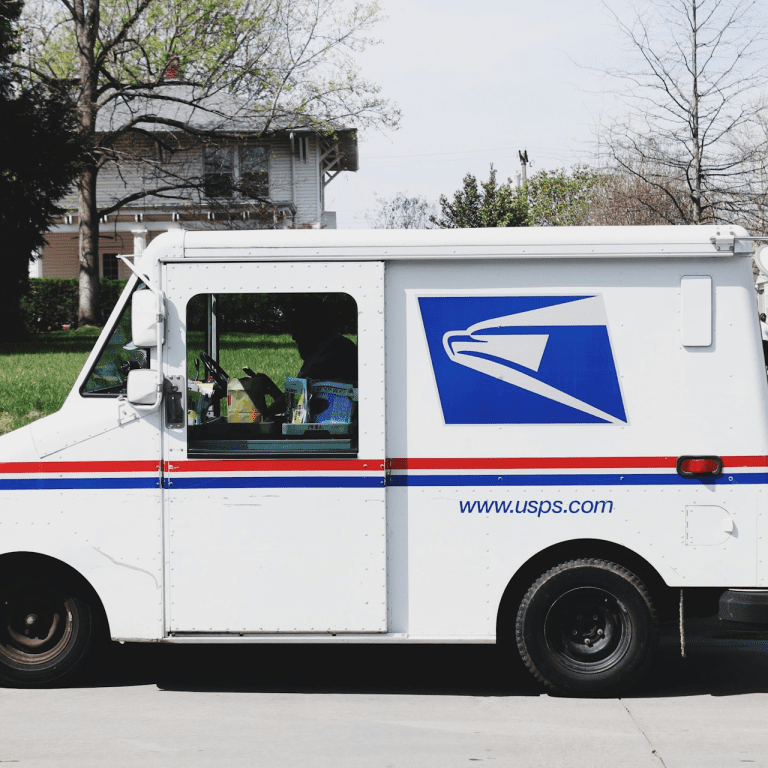Key Takeaways
-
Your age significantly influences the cost of your Postal Service Health Benefits (PSHB), including premiums, deductibles, and out-of-pocket expenses.
-
Understanding age-related factors in PSHB can help you effectively manage costs and select the right coverage as you move through different stages of your life.
How Your Age Shapes Your PSHB Expenses
When it comes to your Postal Service Health Benefits (PSHB), the cost you pay isn’t just about your chosen coverage or healthcare needs. Age plays a crucial role in determining whether your premiums and out-of-pocket expenses will be higher or lower. In 2025, the way your age affects these costs can be divided into three major reasons.
Let’s break down exactly how and why your age matters when it comes to PSHB expenses.
1. Medicare Integration Impacts Your PSHB Costs
Medicare eligibility begins at age 65, and if you’re approaching or have reached this milestone, your PSHB costs can significantly change. Here’s how:
Before Age 65:
-
You rely fully on your PSHB coverage, meaning premiums and deductibles reflect your comprehensive healthcare usage.
-
Your plan tends to have higher out-of-pocket limits since PSHB shoulders the entire burden of your healthcare expenses.
After Age 65:
-
Once eligible for Medicare, enrolling in Medicare Part B can lower your PSHB costs substantially.
-
PSHB plans often coordinate benefits with Medicare, potentially reducing deductibles and copayments.
-
Many plans waive or significantly reduce deductibles and other costs if you’re enrolled in both Medicare Part B and PSHB.
Practical Steps:
-
Review your PSHB plan details carefully during the annual Open Season (November 11 to December 13, 2025).
-
Evaluate how Medicare Part B integration affects your chosen PSHB plan’s premiums and deductibles.
-
Consider consulting a licensed agent listed on this website to help navigate how Medicare affects your PSHB.
2. Age Influences Your Premium Rates Directly
Insurance premiums, including those for PSHB, often vary by age groups. Age brackets determine premium rates, which means your monthly costs could fluctuate significantly as you move through life.
Younger Employees (Under 40):
-
Generally benefit from lower premium rates since younger individuals typically have fewer medical conditions and use fewer healthcare services.
-
However, younger employees might face higher deductibles or coinsurance to offset these lower premiums.
Mid-Career Employees (40-64):
-
Premiums typically begin to rise gradually, reflecting increased healthcare utilization and the higher risk of chronic conditions.
-
Deductibles might be moderate, balanced by slightly higher monthly premiums compared to younger counterparts.
Retirees and Older Employees (65+):
-
While premiums may be higher initially due to age, integration with Medicare can significantly lower overall out-of-pocket expenses.
-
Plans designed specifically for retirees typically have lower deductibles and copayments.
Practical Steps:
-
Periodically reassess your PSHB coverage needs, especially if you’re moving from one age bracket to another.
-
Balance premium rates against deductibles and out-of-pocket maximums to understand true annual healthcare costs.
-
Annual Notice of Change (ANOC) letters arriving around October each year provide critical updates that affect your upcoming costs.
3. Prescription Drug Costs Vary by Age
Prescription drug usage often increases with age, which directly impacts your PSHB expenses. Your age influences how much medication you need, how frequently you use medical services, and therefore, how your pharmacy benefits are structured.
Younger Employees:
-
Likely fewer prescription medications needed, resulting in lower pharmacy costs.
-
Typically face lower premiums related specifically to prescription coverage within PSHB.
Mid-Career Employees:
-
Start to experience higher prescription usage due to increased likelihood of chronic health conditions.
-
May begin to see moderate increases in prescription-related premiums and copayments.
Retirees and Older Employees:
-
Usually have the highest prescription drug needs, increasing potential out-of-pocket expenses significantly.
-
PSHB plans for retirees often incorporate Medicare Part D, substantially lowering the cost of medications with defined out-of-pocket caps.
Important 2025 Changes:
-
Medicare Part D now includes an annual out-of-pocket cap of $2,000, directly benefiting retirees enrolled in integrated PSHB plans.
-
Utilize the Medicare Prescription Payment Plan to spread drug expenses evenly throughout the year, helping manage costs effectively.
How to Keep Your PSHB Costs Manageable
Managing your PSHB costs effectively requires understanding not only how your age impacts your plan but also taking proactive steps. Here are specific tips to consider:
-
Annual Reviews: Each year, between November 11 and December 13, reassess your PSHB plan to determine if it still meets your healthcare needs and budget.
-
Medicare Enrollment: Enroll in Medicare Part B promptly upon reaching age 65 to capitalize on cost savings available through integrated PSHB plans.
-
Prescription Cost Management: Actively monitor your prescription medication needs, using plans that provide predictable cost structures, especially if you frequently require medications.
Leveraging Age to Your Advantage
Age-related adjustments in PSHB don’t always mean you’ll pay more. Sometimes, aging into certain eligibility categories, like Medicare, can significantly decrease your healthcare costs overall. Being strategic and proactive in your PSHB decisions can lead to notable savings.
-
Take advantage of health screenings and preventive services included in your PSHB plan to avoid higher future healthcare expenses.
-
Understand that aging isn’t solely associated with increasing costs; it also opens doors to additional benefits, particularly for retirees.
Why Age Should Always Be Part of Your PSHB Planning
Considering age as part of your healthcare strategy ensures you’re prepared financially and medically for every stage of life. It helps you foresee changes and adjustments you need to make in your coverage to maintain manageable expenses and secure optimal benefits.
-
Think of age as a dynamic factor that impacts your healthcare strategy every year.
-
Plan ahead, anticipating shifts in premium rates, deductibles, and prescription needs.
Smart Age-Based Decisions Begin Here
Ultimately, understanding how age influences your PSHB costs empowers you to make informed decisions. Whether you’re young and just starting your postal career, mid-career with evolving needs, or retired and integrating with Medicare, knowing how your age shapes your healthcare expenses is vital.
Make reviewing your PSHB plan a yearly habit. Engage proactively, stay informed, and don’t hesitate to seek professional advice.
Optimize Your PSHB Benefits Today
To ensure your PSHB coverage aligns perfectly with your life stage and budget, speak to a licensed agent listed on this website. They can offer personalized guidance tailored to your current age and future healthcare goals.










